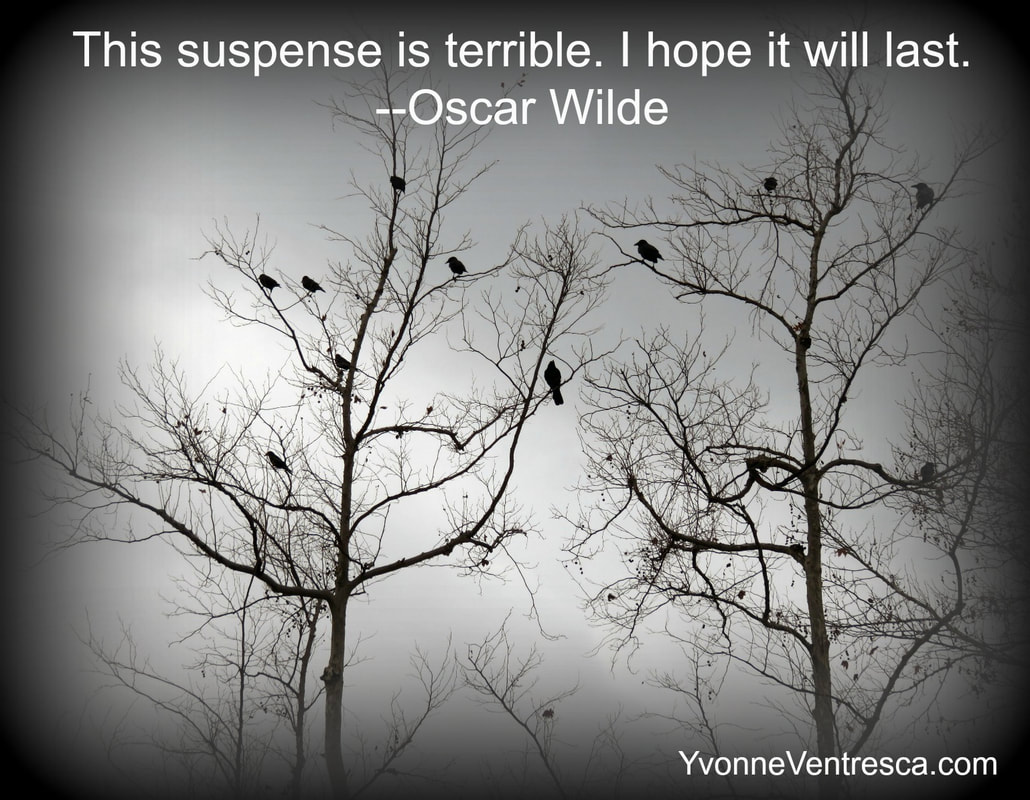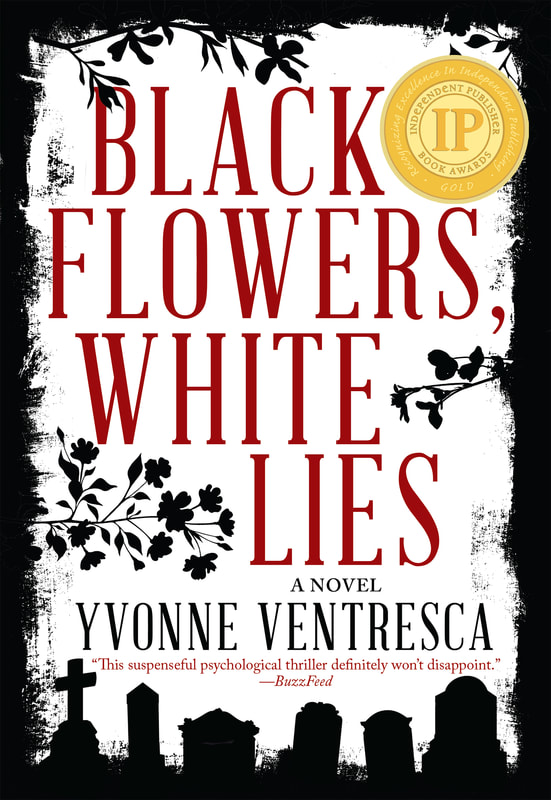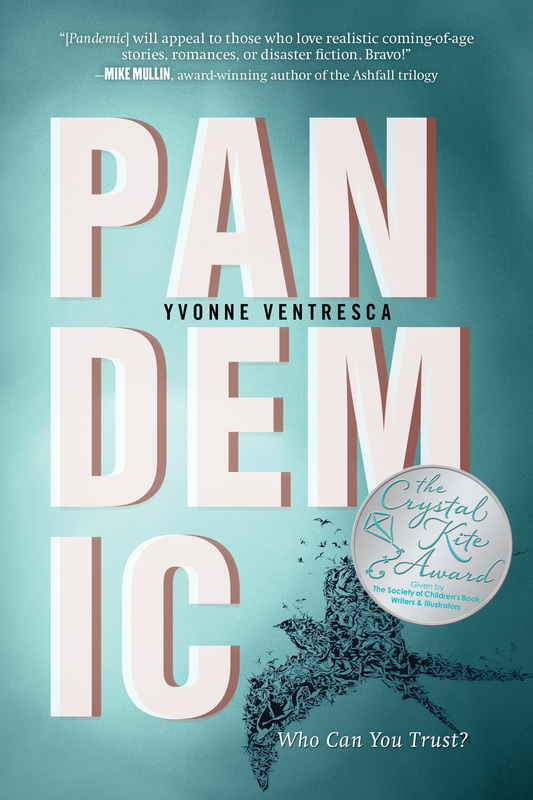“A real page-turner!”
“I stayed up late to find out what happened next.”
Compliments like these can make an author’s day. But how can we create the kinds of stories that receive such enthusiastic reviews? One way is by maximizing suspense. In his book Conflict and Suspense, James Scott Bell defines suspense as “any unresolved tension in the story that makes the reader want to see what happens next.” Suspense isn’t just for thrillers. It exists in romance, friendship tales--any story where we want the reader to keep turning the pages. And while an event that happens suddenly may be dramatic and surprising, it’s the reader’s anticipation (waiting for a conflict to erupt, a secret to be revealed, a kiss to be shared) that creates suspense.
Here are two specific techniques, with examples of each, to help increase suspense in your fiction writing.
 Image by Bruno/Germany from Pixabay
Image by Bruno/Germany from Pixabay Technique One: Set a ticking clock.
A ticking clock refers to the concept that the main character only has a finite amount of time to solve an important problem. Having a specific time constraint automatically increases tension. We frequently see this in disaster movies—the hero/heroine only has a few hours to prevent the catastrophe before the world ends.
But the concept certainly works in other types of fiction, too. In the young adult novel The Silence of Murder, by Dandi Daley Mackall, Hope’s brother is on trial for killing the baseball coach in their small Ohio town. She’s desperately trying to figure out who really committed the murder before the end of her brother’s trial. The trial serves as a ticking clock and adds a layer of urgency to Hope’s investigation. In his YA novel Looking for Alaska, John Green creates suspense with a ticking clock for an unknown event. Chapter one begins with the heading “136 days before,” and as the days count down in subsequent chapters, the reader is left to wonder, before what?
Not every story lends itself to a ticking clock, but if there is an important deadline that works within your story, make the most of it to increase tension.
 Image by Olya Adamovich from Pixabay
Image by Olya Adamovich from Pixabay Technique Two: Give your character a secret.
Everyone wants to be in on a secret, readers included. There are several ways to keep secrets in a novel. In a traditional mystery, the reader learns information and deciphers clues right alongside the main character. The suspense comes from unravelling “whodunnit” and why. Agatha Christie's Hercule Poirot stories (adult), The Girl I Used To Be by April Henry (young adult), The Case of the Missing Carrot Cake by Robin Newman (chapter book), Where Are My Books? by Debbie Ridpath Ohi (picture book), and The London Eye Mystery by Siobhan Dowd (middle grade) all fall into this category.
Another approach, particularly in non-mysteries, is to let the reader know the main character’s secret. You might think this diffuses the tension. But when readers care about your main character, they worry about what will happen if (when!) the secret is uncovered. And by design, the reveal usually occurs at the worst possible moment.
In Like Vanessa, a middle grade novel by Tami Charles, there are multiple secrets, some kept from the main character herself. But the reader is in on Nessy’s secret plan to participate in a beauty pageant, which serves as the major plotline. She hides the pageant preparation from her father, knowing he would disapprove. What will happen if her secret is revealed? Concern about the consequences serves to rachet up the suspense.
There’s a certain appeal to this type of suspense: “Our delight comes from knowing what the protagonist is holding back and why; we revel in the tension between what she’s saying and what we know she’s really thinking” (Wired for Story, Lisa Cron).
These two techniques can help increase suspense. There are others, of course, but that's for a future blog post. :)
 Ebook sale!
Ebook sale! If you like suspenseful stories, my YA thriller, Black Flowers, White Lies. is currently on sale for $1.99 (US ebook, for a limited time). I hope you'll check it out!













 RSS Feed
RSS Feed